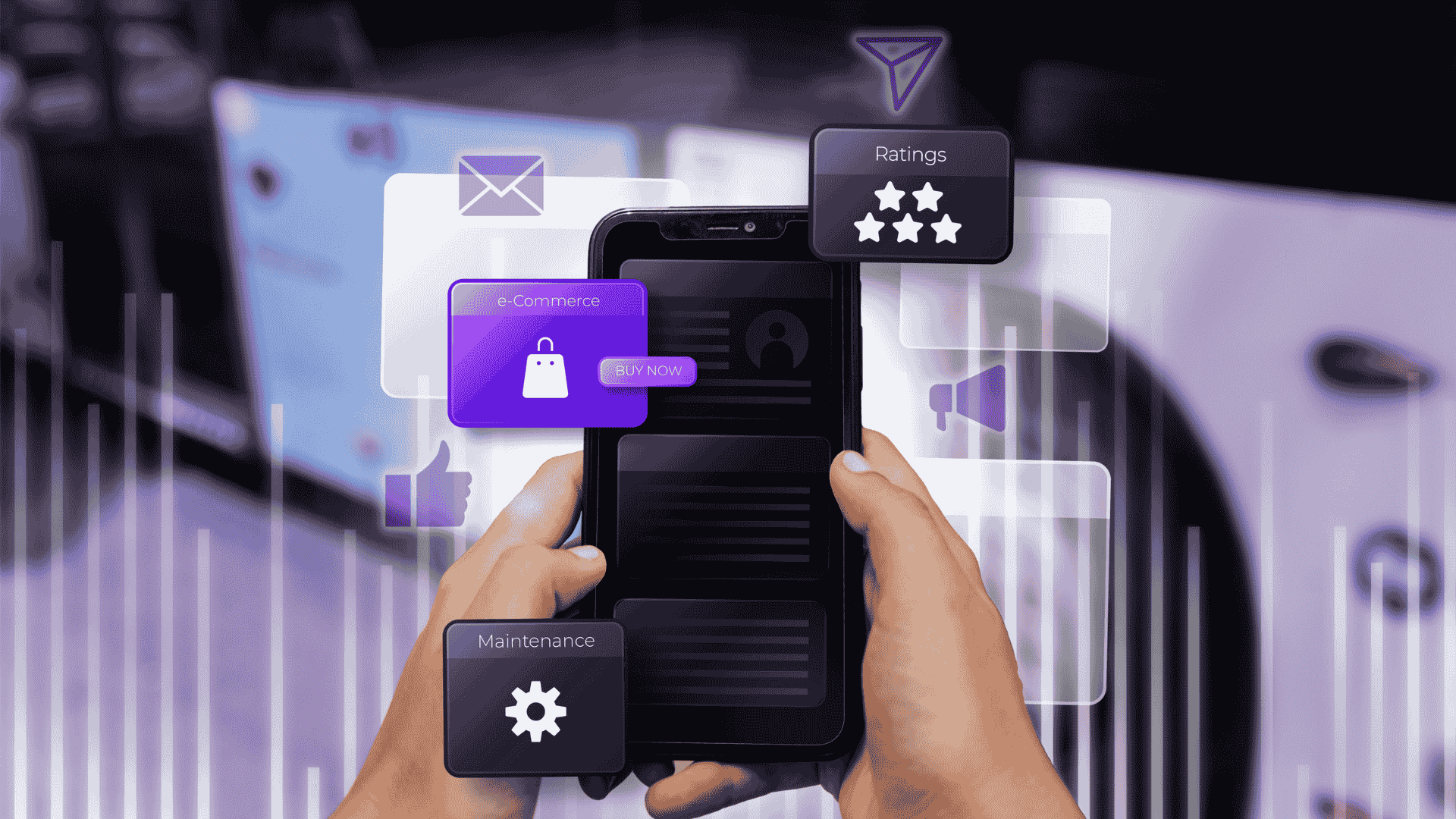To understand application lifecycle management, think about an enterprise where customers are greatly satisfied by its services. There is well-organized work in the manufacturing zone behind this remarkable success, where one person manages every worker to perform their job efficiently. App lifecycle management is the same person in the development process.
Everything before its creation requires management to plan, design, and implement the steps for final release. Similarly, ALM is used to facilitate the management of the whole lifecycle of an application from start to finish. Globally, the ALM market size is recorded at US 3829.3 million and is expected to rise by 10.7% in 2030.
Let’s uncover the details about ALM, it compares to other contemporary approaches and its five key stages of development.
What is Application Lifecycle Management or (ALM)?
Application lifecycle management or ALM is the process of building and maintaining software apps to the time when its usage completely declines. Similar to the software development lifecycle (SDLC) approach, it involves a series of processes, tools, and a development team to handle the creation of an app.
It also includes the same procedure and stages of development such as planning, designing, testing, deployment, launch, support and maintenance.
Also called integrated application lifecycle management as different groups of experts such as developers, analysts, or testers are involved in the process. Fine coordination among all members is necessary for the success of the project.
ALM vs SDLC: What’s the Difference?
Application Lifecycle Management
ALM is an integrated approach to the development strategy, supervising and maintaining an application from the time it is initially built to the time it declines. Everyone goes through the phases of planning and development, becomes usable with testing and maintenance and then finally reaches retirement.
Perhaps, app lifecycle management covers the whole life of an application. It supports the product from idea to creation and until the end of life.
Software Development Lifecycle
SDLC on the other hand only covers the development steps of the software application. The software development life cycle refers to all the steps involved in building a high-quality software system. In fact, the concept of SDLC is an integral part of ALM.
It increases the viability of the development process for the individual or stakeholders of the company involved in its creation. However, the main purpose of SDLC is to reduce project risks through planning. This is meant to ensure that the final product meets client expectations during creation and after the final launch.
5 Stages of ALM
1. Defining Needs
While planning the needs, all team members gather in a group to idealize and understand what purpose they need from the application to be fulfilled. Whether it’s a business or an individual request for the app, a UI/UX design is built according to their recommendations. However, these needs include a range of factors, for instance, company needs, market, client expectations, compliance and state policies.
Normally, it depends on the needs of the project and what type of planning and design it entails in the application. The more complex requirements, the more efficient planning and team members will be needed to complete the project. Perhaps, in every application lifecycle process, these needs begin from the basics and go deeper into more details of development.
2. Development of the App
The development of the app starts as the development team understands the requirements. The final accepted idea and design of the application now move forward to the real working phase. At the start, the development team segments the application needs into stages for a development plan.
The individual or business who offered the project must have direct involvement during this phase. This ensures that the final output developed through application lifecycle management covers the needs and is reliable for usage, testing, and deployment. A wide series of sequential phases in the project lifecycle can happen during this step.
3. QA Testing
The quality assurance testing process often goes side-by-side with the app development step. Consequently, the QA testing team starts preparing their specific set of testing conditions and inputs prior to launching the application. They have to ensure their presence on the field to provide app feedback and to address any issues such as fixing bugs, or any other technical problems.
This development step is an essential part of app lifecycle management. It concludes whether the final product meets the quality standards and is ready from every aspect before release or not.
4. Application Deployment
It is also known as the final step in the application lifecycle management process. The deployment phase introduces the application to the end-user. After releasing the product it’s time to check whether the product has met the client’s satisfaction or not. However, the process depends on the application type, characteristics, and features.
5. Continuous Maintenance & Support
An application is something that can experience problems by default in the future. To overcome this issue, continuous maintenance offers support in a variety of ways. For instance, monitoring the performance, fixing bugs, updating features, and addressing client feedback. Compared to other steps of application lifecycle management, this phase lasts for the entire life of the app.
Significantly, most development experts ensure that the previous 4 steps should be efficient to avoid the repetitive participation of developers. As long as the application is developed perfectly in the first quarter, there would be no need for developers again and again.
Another main aspect of maintenance is to indicate when the application will decline in the future. Every inventor of the product knows its lifeline. Likewise, the development team needs to plan at what point in time the application will completely stop working.
Final Thoughts
The global connectivity of the corporate world has influenced everyone to adopt new development strategies, such as application lifecycle management. For most of these companies, it is nothing less than boosting the quality and performance of the released application. This is why there is great pressure on app development and testing teams.
As the digital world continues to expand, having a strong ALM strategy for building apps is essential to remaining competitive in the market. The good news is that some companies offer both strategies for building mobile apps.
Partner With Integrated IT Solutions To Take Your Software Lifecycle Approach To The Top Levels. Get Started Today!
FAQs
What is Application Lifecycle Management Used For?
ALM controls the entire lifeline of the software application solution. It is usually meant to manage planning, developing, testing, and maintaining the app until it stops working.
Is Jira an Application Lifecycle Management Tool?
Jira is the popular established application lifecycle management tool for medium and large scale development teams.




